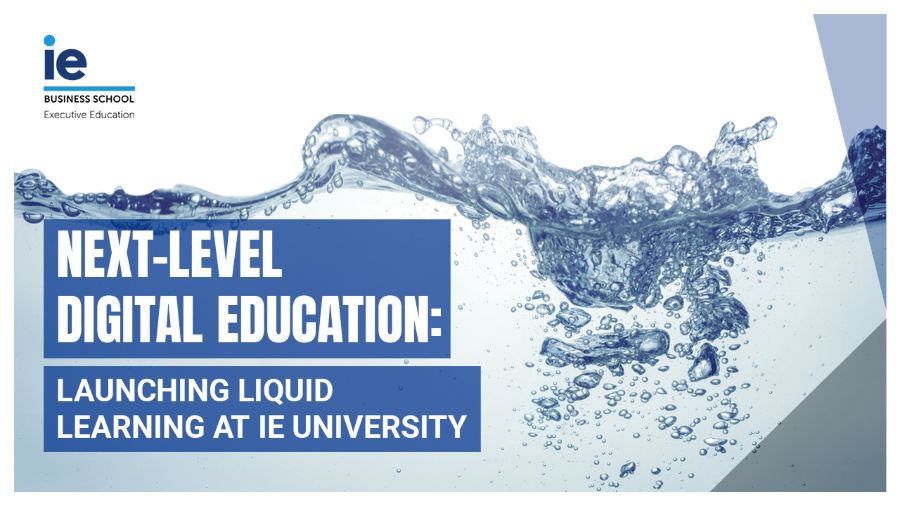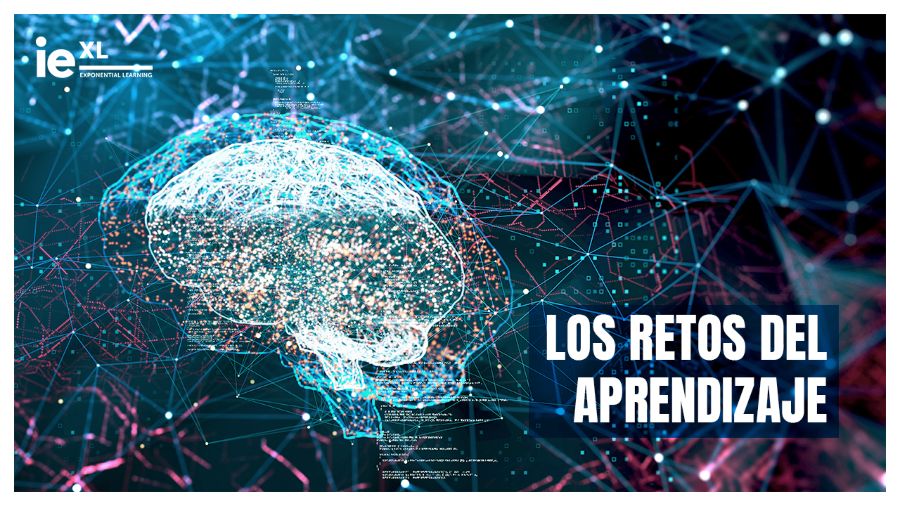Human ingenuity is your most strategic asset

The secret to humans’ success
Have you ever contemplated what humans’, in the words of Balvinder Powar, secret sauce consists of? The secret sauce is human beings’ competitive advantage over time: ingenuity. According to scientists, it comes from three attributes that not only we possess, but we, as a species, are incredibly adept at: “technology innovation, group collaboration, and communication.”
Ingenuity or the definition most closely-related to the Innovation for Growth HiOP is “the quality of being cleverly inventive or resourceful; inventiveness[.].” The Canadian academic Thomas Homer-Dixon claims “[i]ngenuity…consists of “sets of instructions that tell us how to arrange the constituent parts of our physical and social worlds in ways that help us achieve our goals.”” His paradigm implies that humans “…are pragmatic problem solvers.” To come up with solutions, the three variables that go into the process of humanity are: “…matter, energy, and ideas.” Homer-Dixon claims that “[w]e can state the relationship among these inputs as follows: human beings use ingenuity to guide the application of energy to arrange the matter around them (including materials and people) in ways that they hope will solve their problems. More than ever, in today’s world, ingenuity is becoming more of an imperative. Homer-Dixon says that this comes from the fact the world is becoming increasingly complicated with the advent of new technological advances, along with progress stemming from globalization.
What’s the main takeaway?
As the title of this post implies, it’s that human ingenuity is the most strategic asset you can tap into in your team or organization. This lesson appears to translate across a variety of sectors. One of them, which provides an interesting insight, is in today’s digital world. In an article highlighting what the key to prosperity for the Internet of Things (IoT) will be, Jeanne Believau-Dunne wrote that “…[i]t is only when people apply purpose and innovative thinking beyond revenue and profit that we will be able to reap collective benefits and security of the digital world.” She rightly points out that “[t]echnology itself has no ethics.”
Human ingenuity is also a buzzword that we can find in the prospectus for major corporations. Not convinced? EY cites human ingenuity, along with creativity and judgment as one of the drivers for innovation and the subsequent development of new technologies when describing their Digital practice. Human ingenuity also comes up in the discussion related to climate change.
A recent article on Shell’s website, where they spoke with Robert Anderson, the Director of the Energy Initiative at MIT, highlighted the need for problem-solving coming from investment in newer, more sustainable energy sources. In the US context, this is especially pertinent given the fact that the country is going to pull out of the Paris Climate accords. The Energy Initiative puts together top-notch research with partnerships from the sector, and to date helped launch more than 60 energy-related startups.
Always remind yourself of this Zig Ziglar quote:
“You don’t build a business. You build people, and people build the business.”
For you to lead teams that bear the brunt of innovation, building the business comes in two prongs: “Great companies invest in developing people. Great people invest in developing themselves.” The skills you’ve garnered throughout this HiOP arm you with what you need to invest in the people you develop, and then motivate them to motivate others in their professional development.
After you’ve wrapped up the Innovation for Growth HiOP, keep up with your skills with some recommended reading
- The Innovator’s Dilemma: Professor Powar went all in about Harvard Professor Clayton Christensen’s definition of disruptive innovation. This book will be the perfect reminder that innovation is always something organic and continuous.
- Getting Innovation Right: We spent some time looking at one of the chapters in this book from Visionary Leadership® founder Seth Kahan in our blog post about creating value. There’s a lot more than understanding that value is subjective when it comes to getting innovation right. This book will help you continue focusing on an outcome-based approach.
- And, let’s not forget, you can keep up with the latest from Professor Mark Esposito Ph.D. on his website and Twitter.
Know someone who would benefit from the next intake? Or do you want to sign up yourself?
If you want to know about the Innovation for Growth HiOP or pass the information along to a friend, click here for your copy of our informational brochure. And if you, or a friend, is set on joining us in our next intake, click here to start applying.



